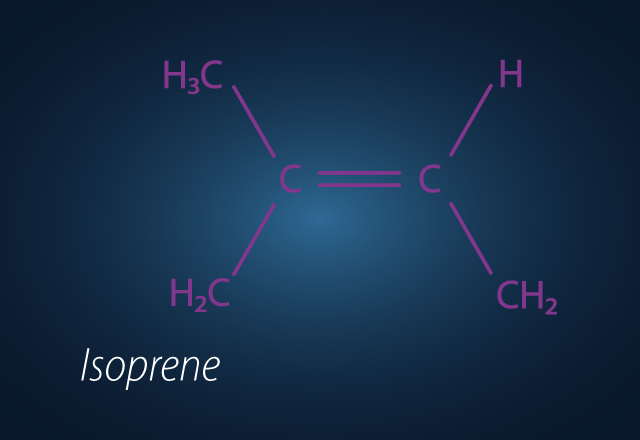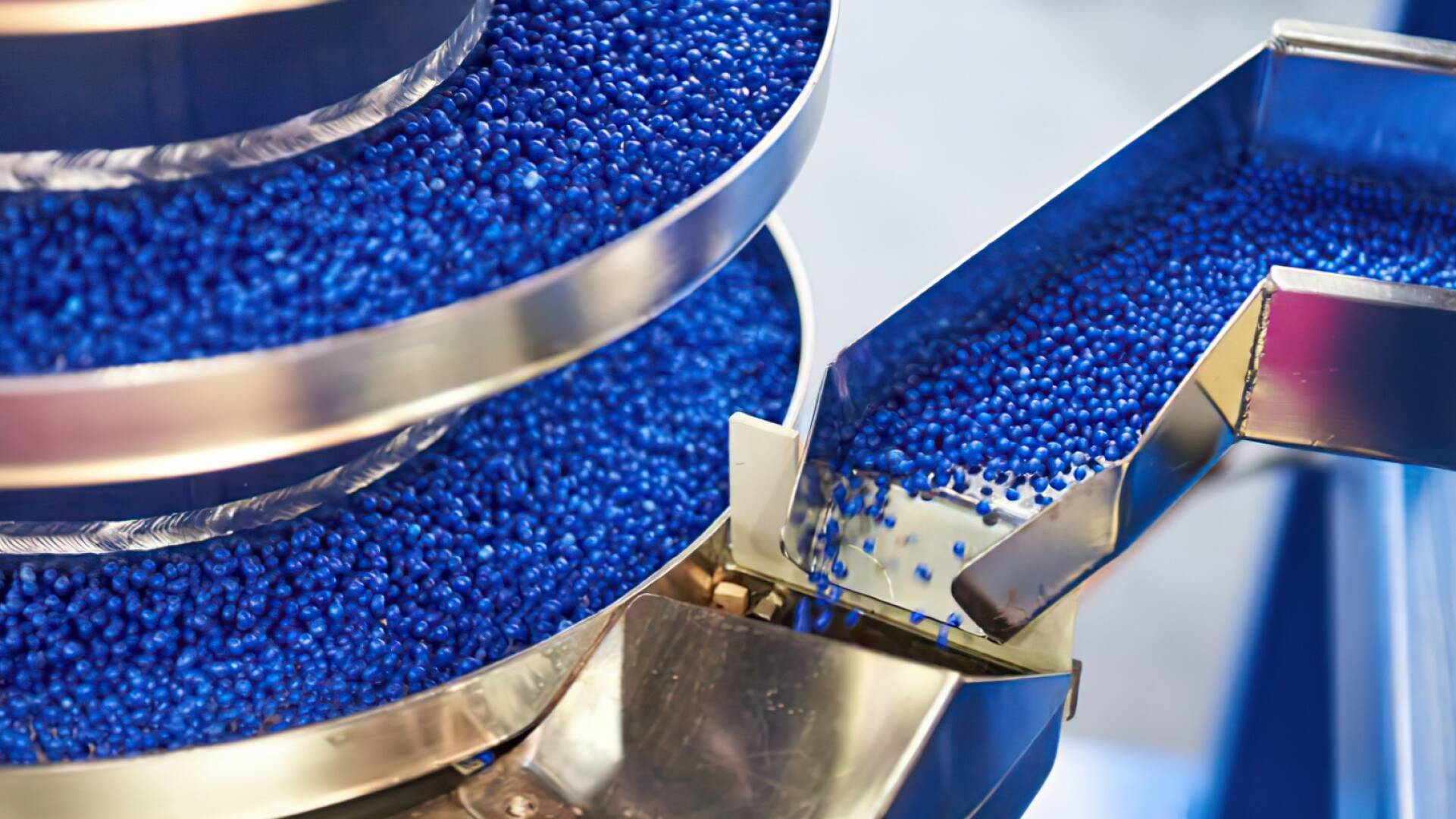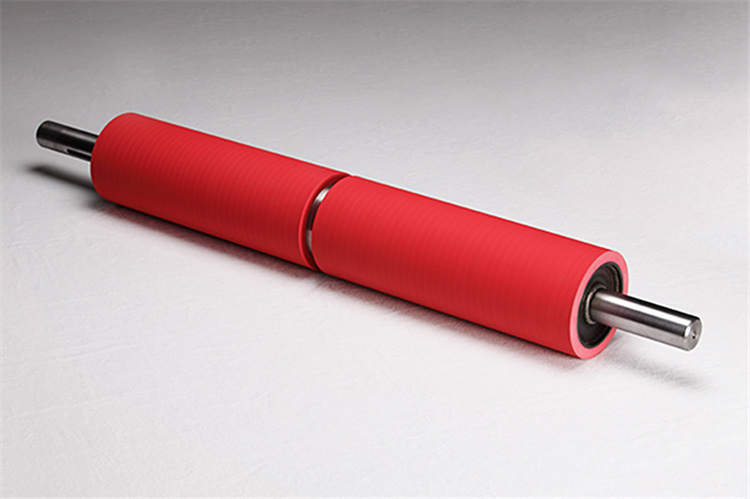NR
Natural rubber is a natural product obtained from rubber trees, collected in the form of a sticky latex with a milk-like consistency. This latex is refined, coagulated, and then dried. Rubber trees thrive best in tropical regions with abundant rainfall throughout the year. The first known use of rubber dates back to the Aztecs in Central America, who used it in a ball game and referred to it as “cau-uchu.” Natural rubber (NR) is typically vulcanized with sulfur or peroxide. The vulcanization process, discovered by Charles Goodyear in 1839, made rubber more appealing for industrial applications.
Impurities in raw rubber affect properties such as tensile strength. Ash and nitrogen content are also significant. Nitrogen content, in particular, is a factor that influences the dynamic properties of rubber.
Natural rubber is widely used in the automotive industry as a primary raw material for tires. It is also preferred in technical parts requiring dynamic and static damping, as well as in the production of seismic isolators and bridge bearings. Additionally, it is used for air and sound insulation and as a sealing material in its sponge form for various applications. Natural rubber is one of the most commonly used polymers in the marine and roller industries.
Applications
• Tire Bodies
• Tire Sidewalls
• Engine Mounts
• Footwear
• Conveyor Belt Coatings
• Pharmaceutical Bottle Stoppers
• Rubber Bands
• Transparent Products
HARDNESS RANGE:
30 to 95 Shore A

- Natural
- Injection
- Compression
- Extrusion
- Sulfur
- Peroxide
- Optional








